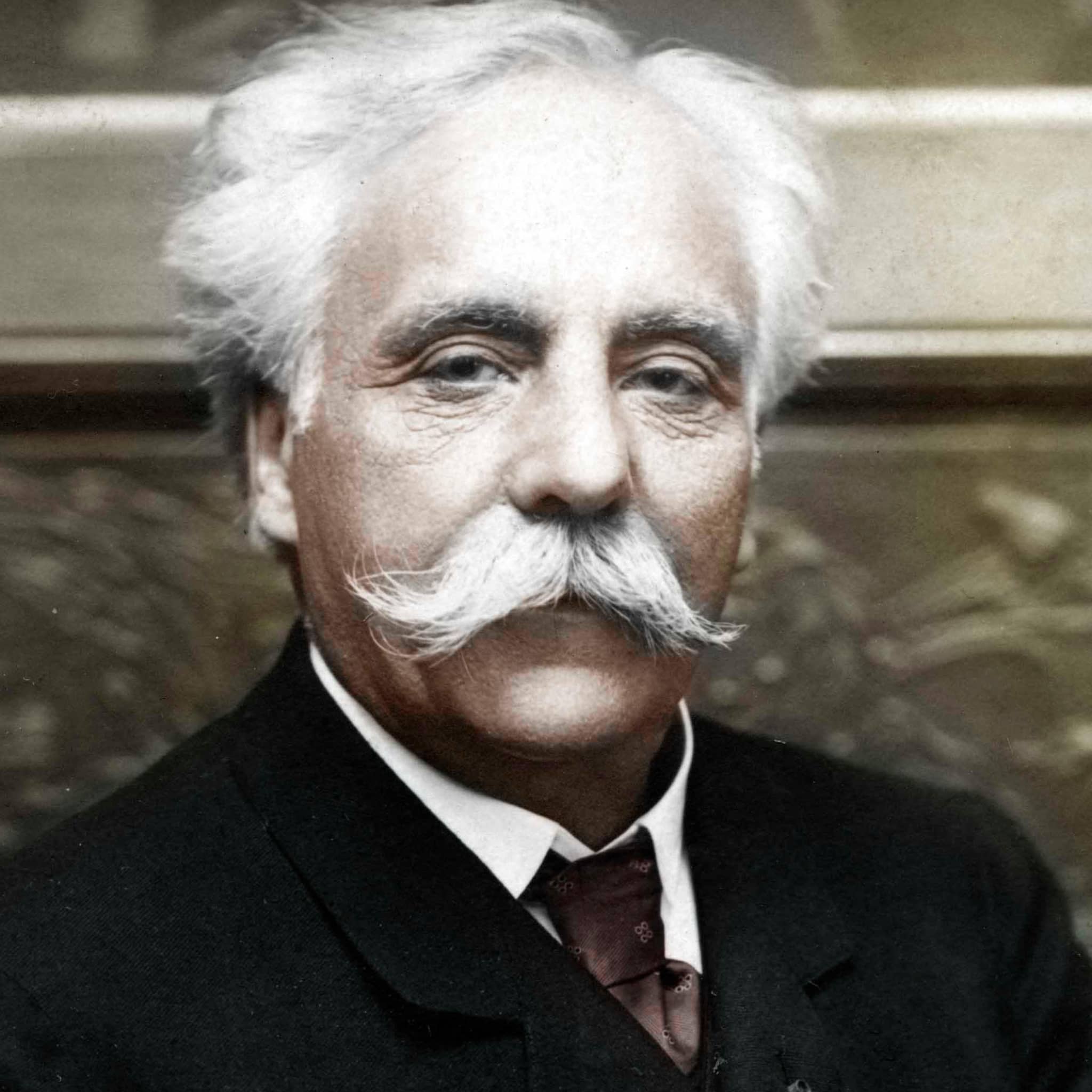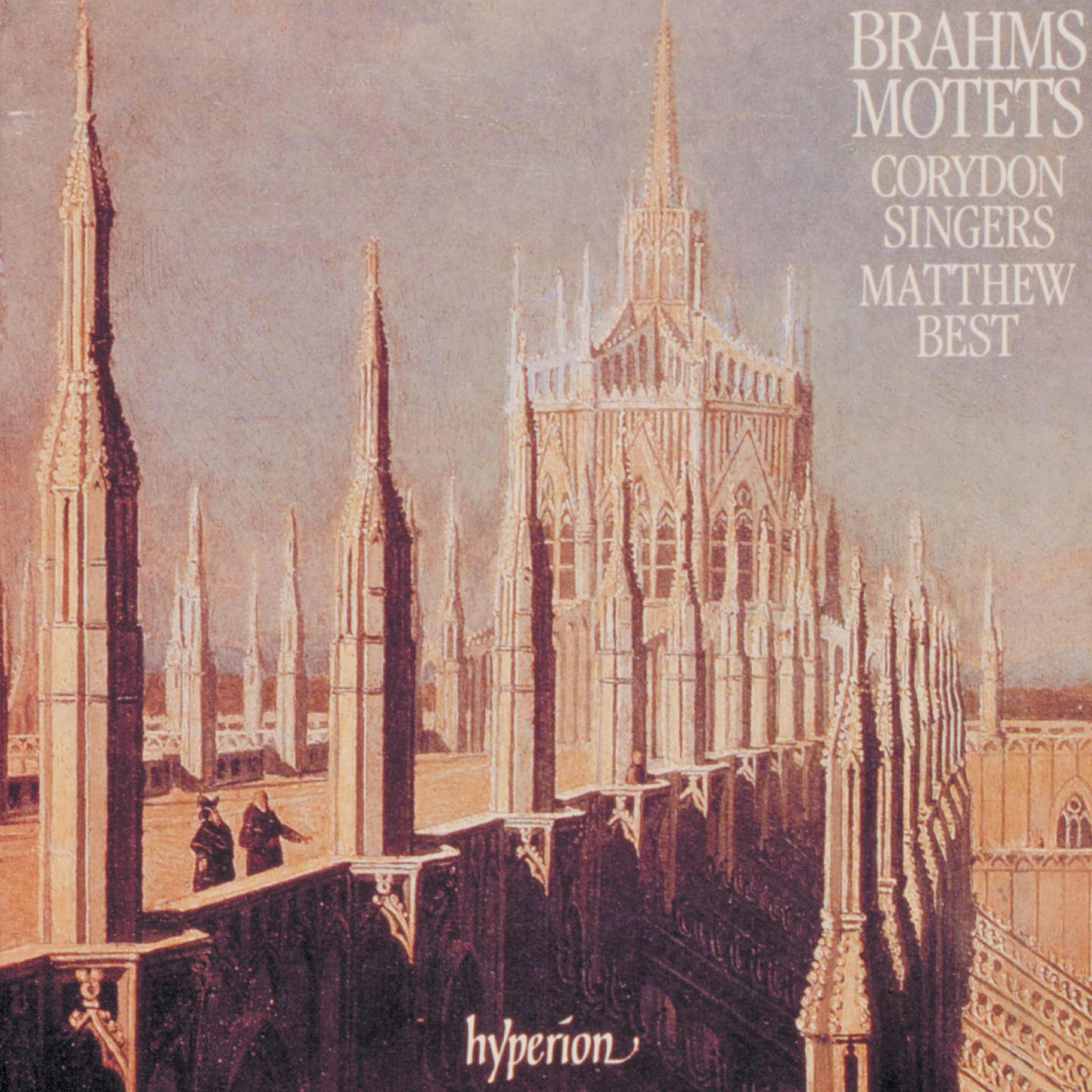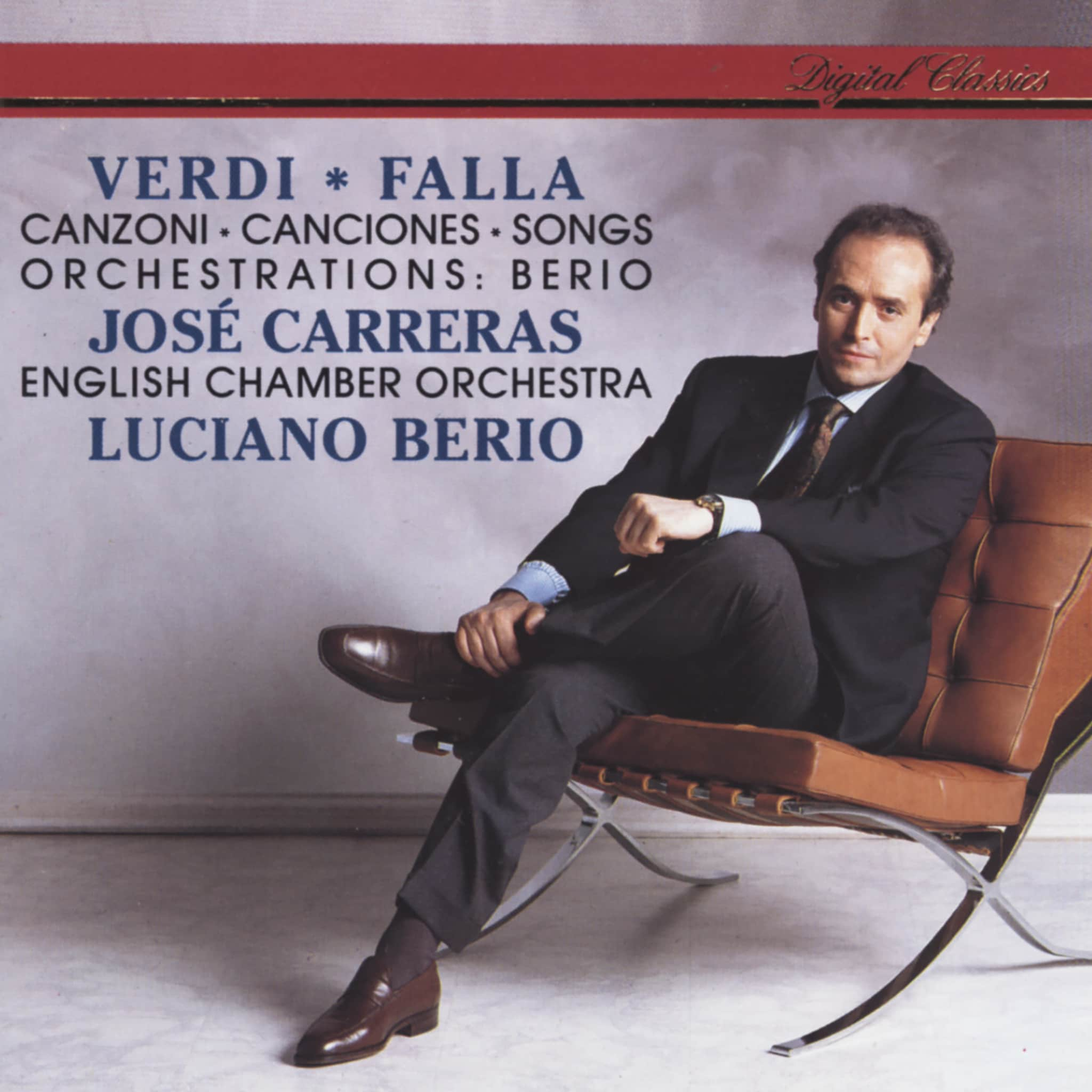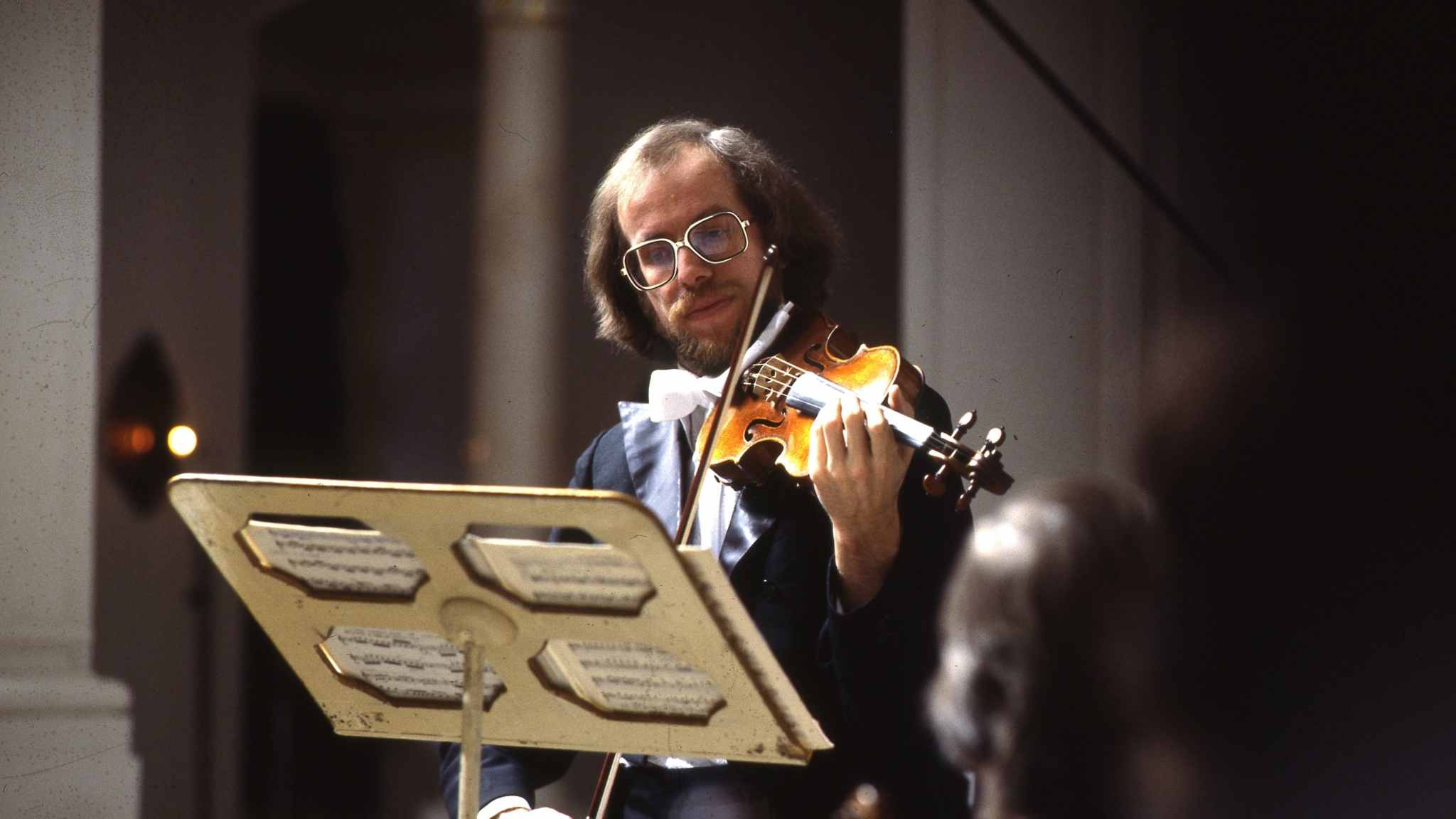Album insights
Brahms had been generous towards cellists, as seen in his chamber and orchestral music where the cello often shines uniquely with moments tailored for its voice. Possibly stemming from his dedicated youth years studying the instrument, he even tackled one of Romberg's challenging concerts until his teacher vanished one day with Brahms' cello, stalling his progress. While Brahms never composed a cello concerto, his works still hold treasures, like the Cello Concerto with Violin op. 102, where he apologized to cellist Robert Hausmann for incorporating the violin, not fulfilling Hausmann's wish for a solo concerto.
The two magnificent cello sonatas, each representing distinct periods in Brahms' life, stand as invaluable gems for cello and piano in the late 19th century. The E minor Sonata op. 38 marked a turning point, differing from his earlier works, hinting a departure from his youthful exuberance. Linking back to classical roots, Brahms epitomized a classical-romantic chamber music composer, paying homage to past genres.
The first movement boasts radiant E major sunsets, intertwined with expressive sixth intervals persisting throughout. The charming Menuet hints at Mozart's world while the robust finale borrows themes from Bach's Art of Fugue, showcasing Brahms' journey back in time. In contrast, the F major Sonata op. 99 exudes fervor and youthful energy, composed during a prolific Swiss summer in 1886. The intricate composition displays Brahms’ mature yet passionate approach towards music.
Although critics initially questioned the Viennese premiere of the F major Sonata in 1886, nowadays, it’s revered as a pinnacle of late 19th-century chamber music. Brahms could be caustic towards younger composers yet showed warmth to those he respected. His support extended to Dvorák and his protégé Joseph Suk, both beneficiaries of Brahms' guidance in their musical endeavors.
Dvorák's Cello Concerto remains a prominent work in the genre. Additionally, his Rondo and Waldesruhe, orchestrated later, reveal his profound connection to nature and Bohemian roots. Elven imagery dances through these musical pieces, portraying a nuanced reflection of the natural world that resonates deeply with listeners. Dvorák's musical journey, intertwined with Brahms' support and admiration, highlights a profound camaraderie between these influential composers.












